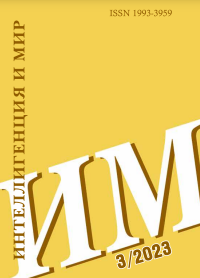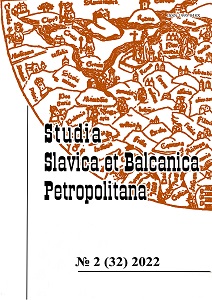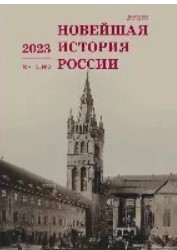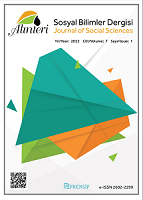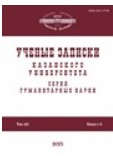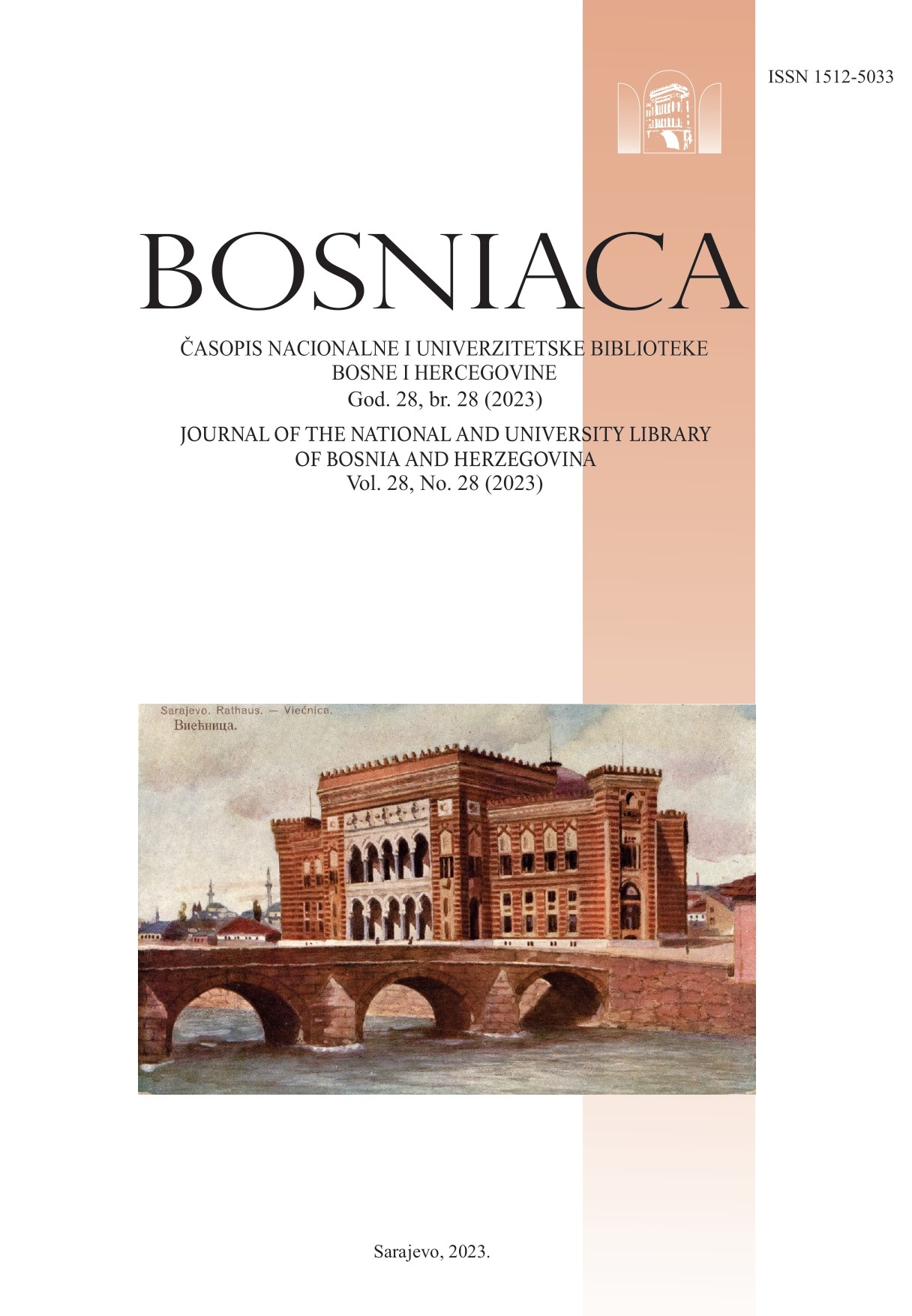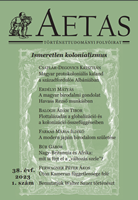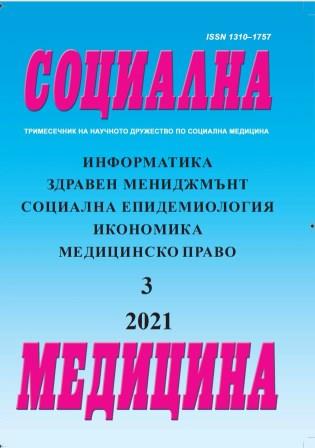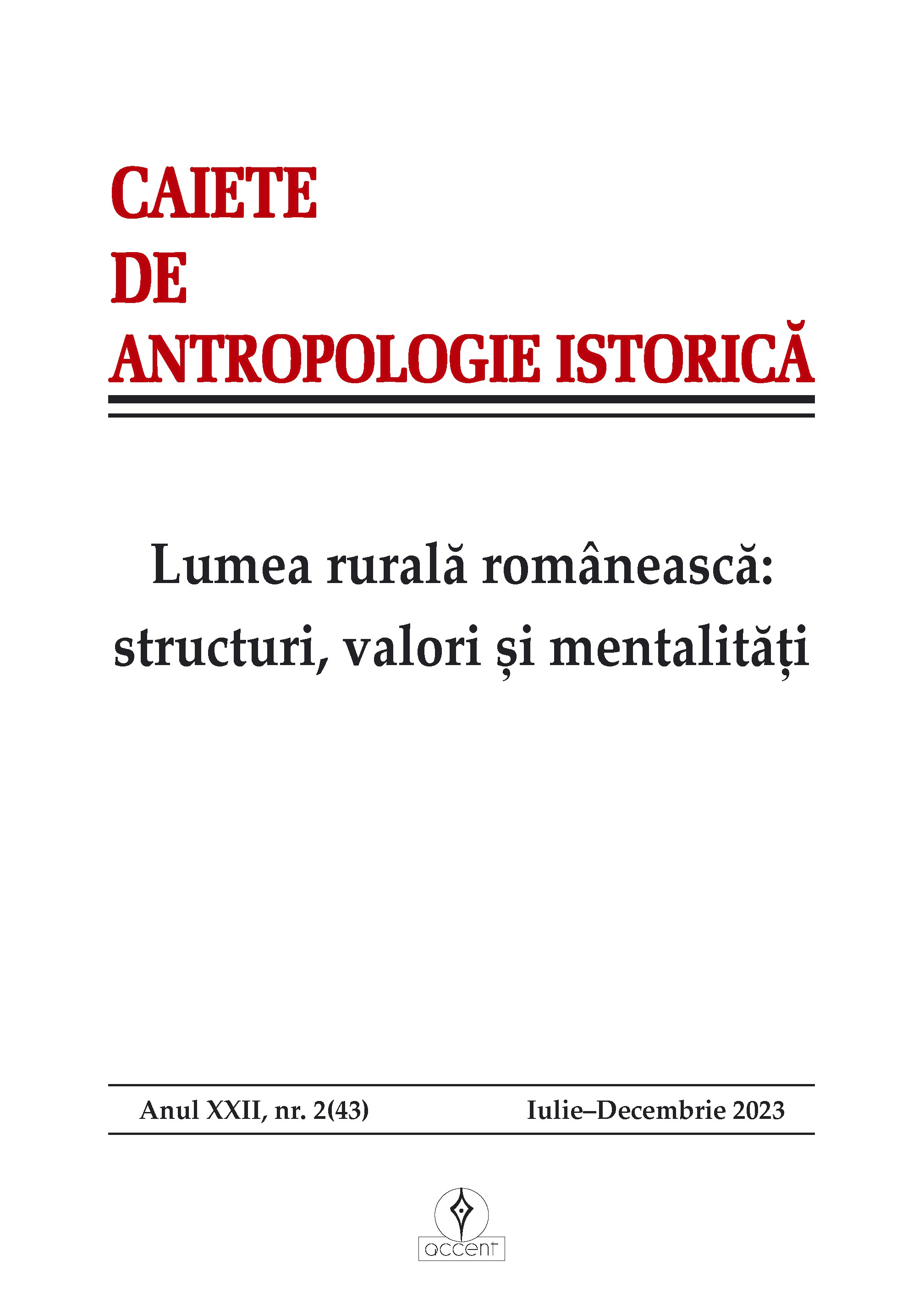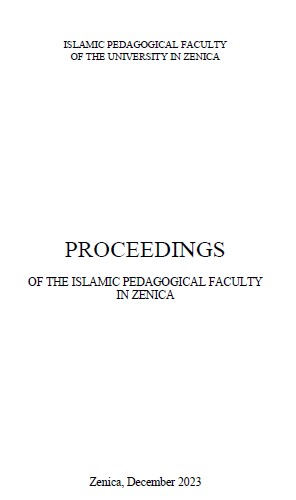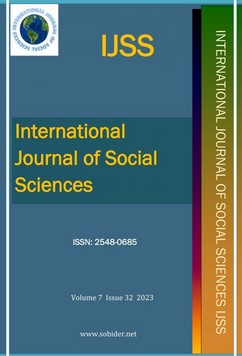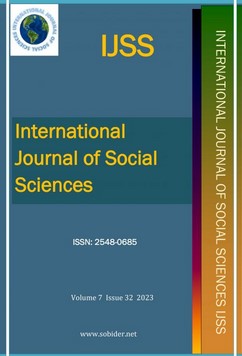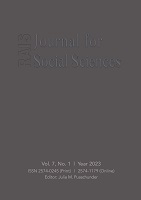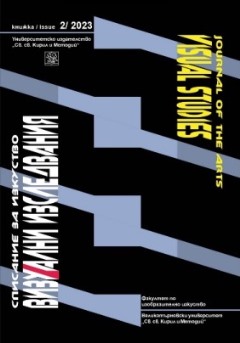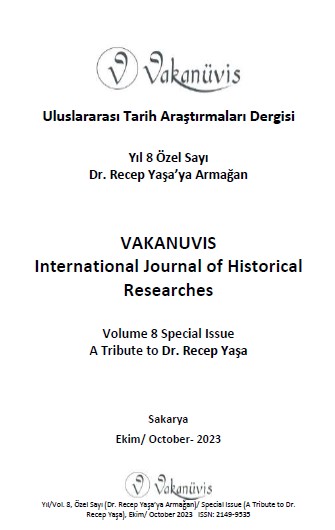
ЖЕНЩИНЫ И НАУКА: ПОВСЕДНЕВНАЯ НАУЧНАЯ ЖИЗНЬ НОВОСИБИРСКОГО АКАДЕМГОРОДКА 1960-х гг. В ЭГО-ДОКУМЕНТАХ ЖЕНЩИН-УЧЕНЫХ
In the context of the socio-political processes of the Khrushchev decade, based on the methods of gender history, the history of everyday life, the anthropology of academic life, the paradigm of memory, the author examines the influence of the mode of every-day life of Novosibirsk Akademgorodok in the 1960s on the realization of their intellectual potential by women scientists. Based on ego-documents (memoirs, letters, autobiographies, including those introduced into scientific circulation for the first time) of women scientists of the “first draft” of the Novosibirsk Scientific Center of the Siberian Branch of the USSR Academy of Sciences / RAS — P. Ya. Kochina, R. L. Berg, T. I. Zaslavskaya, N. A. Pritvits, A. A. Titlyanova, L. P. Yakimova, M. I. Cheremisina, — the author studies the gender normatively of the traditions of scientific work in Akademgorodok. The motives of moving to Siberia to do research, the views of women on science, the characteristic features of the scientific ethos of Akademgorodok are considered. Memoirs and epistolary testimonies of Siberian academicians represent their passion for science, extreme overload of scientific and organizational work, effective non-conformism in scientific research and social practice. It is obvious that their assertion in the “male” world of science took place along the line of assimilation of masculine role-playing behavior, and in some personal stories they were subjected to ideological pressure. In general, the first Siberian academicians built a scientific career in a favorable environment of household improvement and productive interdisciplinary communication in Akademgorodok in the 1960s, which manifested the well-known smoothing of gender asymmetry in the field of science and was a visible anthropological consequence of the modernization project of the creation of the Siberian Branch of the Academy of Sciences.
More...
